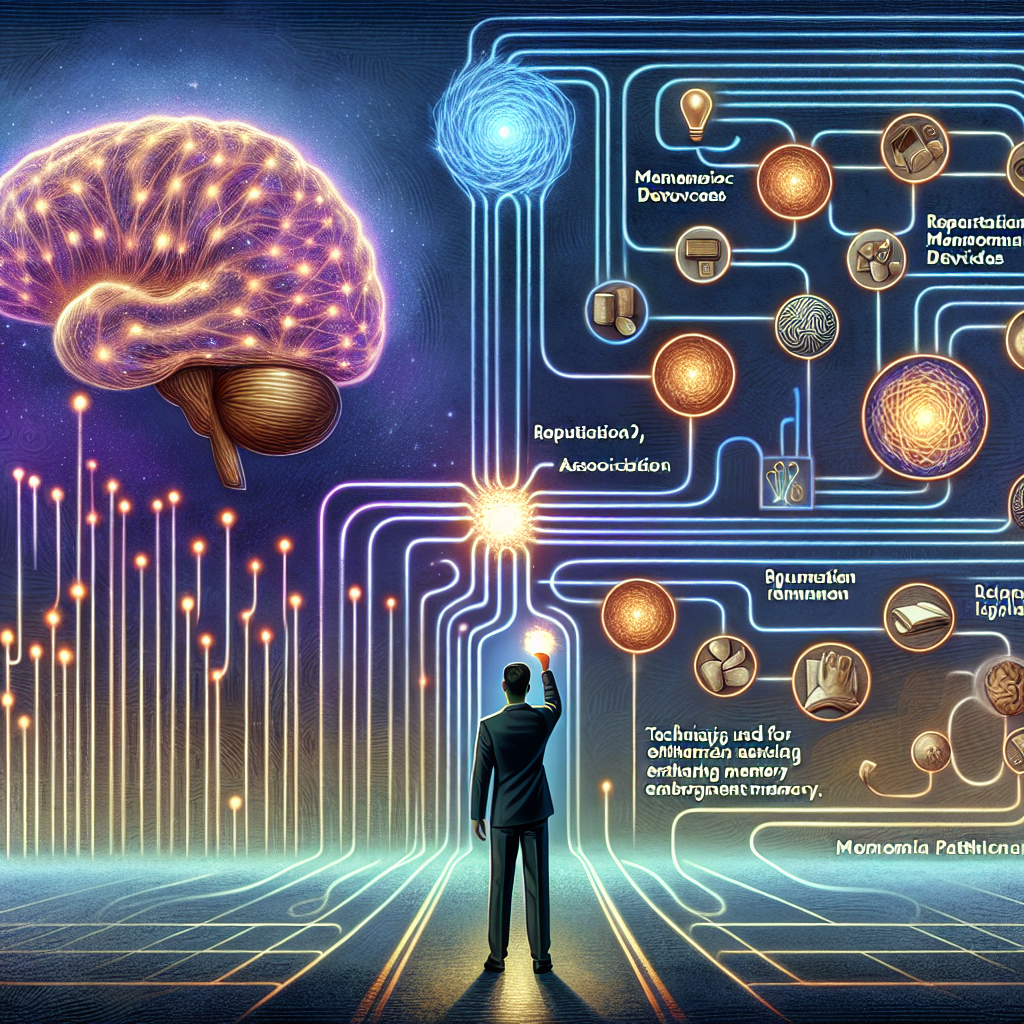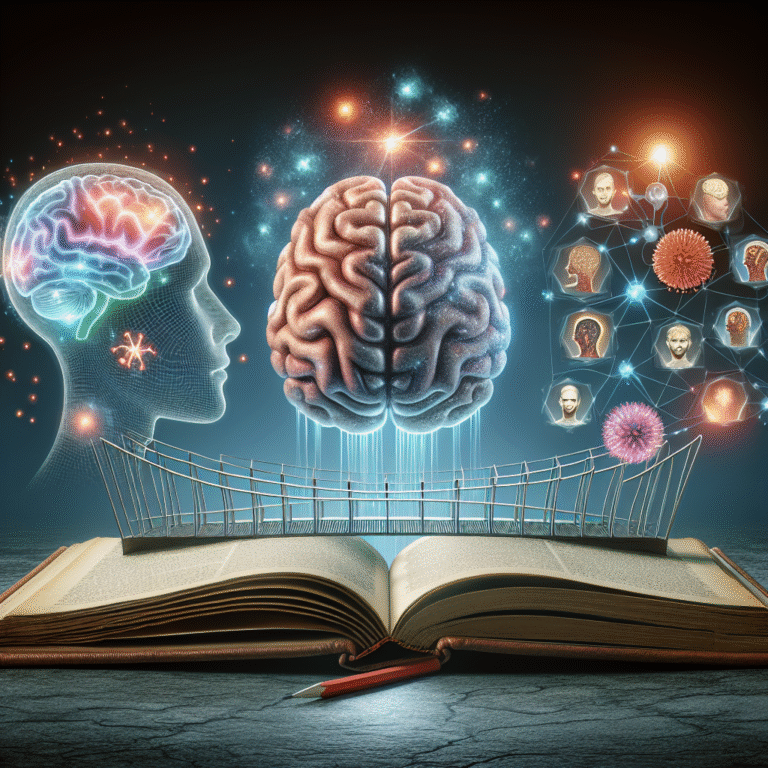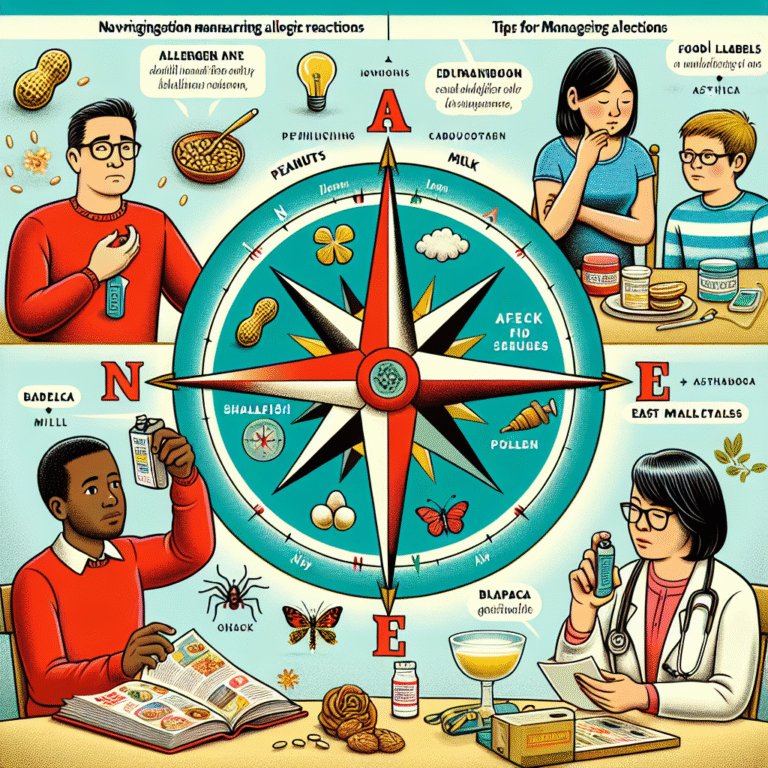
Introduction
In an age where information is at our fingertips yet often fleeting, the ability to recall facts, experiences, and knowledge is invaluable. Whether you’re a student preparing for exams, a professional navigating a fast-paced work environment, or simply someone wishing to enrich your personal life, mastering the art of memory retrieval can be a game-changer. This article delves into The Art of Recall: Techniques to Enhance Memory Retrieval, equipping you with actionable strategies to boost your memory recall capabilities.
Imagine walking into a meeting with confidence, effortlessly drawing upon insights and data. Picture acing your next exam without the last-minute panic. Memory retrieval isn’t just a skill—it’s an essential tool for lifelong success.
Understanding Memory Retrieval
What Is Memory Retrieval?
Memory retrieval is the process of recalling information stored in your brain. It’s not just about remembering; it’s about accessing that information when you need it. This process is influenced by various factors, including the type of memory (short-term vs. long-term) and the techniques used to store that memory.
Why Is Memory Retrieval Important?
In our daily lives, effective memory retrieval enhances learning, problem-solving, and decision-making. Studies show that individuals who employ effective memory techniques are more likely to succeed academically and professionally. By honing The Art of Recall: Techniques to Enhance Memory Retrieval, you can enhance not just your intellectual pursuits but also your social interactions and emotional health.
Techniques to Enhance Memory Retrieval
1. Visualization Techniques
Case Study: The Mind Palace Method
The Mind Palace, or Method of Loci, is a powerful visualization technique. In this method, individuals visualize a familiar place (like their home) and associate pieces of information with specific locations within it.
Analysis:
In a study published by the Journal of Experimental Psychology, participants using the Mind Palace method performed significantly better in recall tasks compared to those who didn’t employ this technique. This underscores the effectiveness of visual associations in memory retrieval.
| Technique | Description | Effectiveness |
|---|---|---|
| Mind Palace | Associating information with locations | High |
| Chunking | Breaking down information into smaller parts | Moderate to High |
2. Chunking Information
Chunking involves breaking down large pieces of information into manageable units. For instance, remembering a phone number as 123-456-7890 instead of a long string of digits.
Case Study: Student Performance
A study involving university students showed that those who chunked their study material into sections performed better on tests than those who tried to memorize information as a whole.
Analysis:
Chunking helps to reduce cognitive overload, making it easier to retrieve memories.
3. Mnemonic Devices
Mnemonics are memory aids that help you associate complex information with simpler concepts. Common examples include acronyms and rhymes.
Case Study: The "ROYGBIV" Acronym
A popular mnemonic for remembering the colors of the rainbow—Red, Orange, Yellow, Green, Blue, Indigo, Violet—illustrates how mnemonics facilitate information recall.
Analysis:
Participants using mnemonics in various studies showed marked improvement in memory recall, highlighting the utility of creative associations.
4. The Spaced Repetition Technique
Spaced repetition involves reviewing information at gradually increasing intervals. This technique leverages the forgetting curve, which illustrates how information is lost over time.
Case Study: Language Learning
Researchers found that individuals who used spaced repetition to learn vocabulary in a foreign language recalled words significantly better over time compared to those who crammed.
Analysis:
The spaced repetition technique not only enhances recall but also supports long-term retention.
5. Engaging Multiple Senses
Involving multiple senses can enhance memory retrieval. This can include visual aids, auditory reinforcement, and even tactile experiences.
Case Study: Cooking Classes
A cooking class that engages sight, smell, sound, and taste has shown participants recalling recipes more effectively than those who only read them.
Analysis:
Using multiple senses creates a richer memory cue, which can greatly improve the chances of successful retrieval.
The Science Behind Memory Retrieval
Neural Mechanisms in Memory Retrieval
Memory retrieval involves intricate processes in the brain, primarily centered in the hippocampus and prefrontal cortex. Various neurotransmitters—like dopamine—play crucial roles in aiding memory retrieval. Understanding the biological underpinnings can enhance our approach to memory techniques.
Memory Theories
Several theories explain how memory works:
- Multi-store Model: Suggests that memory consists of sensory, short-term, and long-term stores.
- Levels of Processing: Proposes that deeper levels of analysis lead to more durable memory traces.
These theories underpin many of the techniques discussed and provide a scientific basis for employing them effectively.
Practical Applications of Memory Techniques
In Academia
Students can use the discussed memory retrieval techniques to enhance learning. Implementing spaced repetition and mnemonic devices in their study routines can improve grades and reduce test anxiety.
In the Workplace
Professionals can use visual techniques and chunking to prepare for presentations or meetings, leading to better performance and confidence.
In Daily Life
From remembering names to keeping track of personal tasks, applying these techniques in everyday contexts can simplify life and improve relationships.
Conclusion
Mastering The Art of Recall: Techniques to Enhance Memory Retrieval is within your grasp. By employing visualization, chunking, mnemonics, spaced repetition, and engaging multiple senses, you can significantly enhance your ability to retrieve memories. The benefits are far-reaching—impacting not only your academic and professional life but also enriching personal experiences and interactions.
Motivational Takeaway
Embrace these techniques and turn memory retrieval into a profound skill that can transform your life. Remember, the power of memory is not just in retention—it’s in effective recall.
FAQs
1. What is the best technique for improving memory retrieval?
The best technique often varies by individual, but visualization methods like the Mind Palace are frequently effective across diverse populations.
2. How long does it take to see improvements in memory recall?
Improvements can often be seen within a few weeks of consistent practice with memory techniques.
3. Can diet affect memory retrieval?
Yes, a balanced diet rich in omega-3 fatty acids, antioxidants, and essential vitamins can support brain health and improve memory.
4. How does sleep impact memory retrieval?
Sleep is crucial for memory consolidation, and insufficient sleep can impair both the storage and retrieval of memories.
5. Are there specific exercises to enhance memory retrieval?
Yes, engaging in brain exercises like puzzles, learning a musical instrument, or practicing mindfulness can enhance memory retrieval over time.
By incorporating these insights and techniques, you can genuinely harness The Art of Recall: Techniques to Enhance Memory Retrieval and make your memory an asset in all facets of life.

















